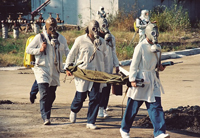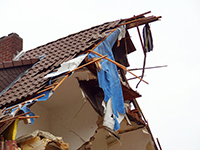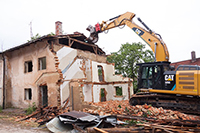 The easiest way to create an unsafe workplace: When you see a couple of employees butting heads, just turn a blind eye to it.
The easiest way to create an unsafe workplace: When you see a couple of employees butting heads, just turn a blind eye to it.
You can follow all the safety guidelines, you can wear your hard hat and your goggles and tuck your sleeves when you use the table saw, but if tempers are hot, if you’ve got people who just can’t work together, then it’s only a matter of time before someone gets hurt. Part of being a leader means knowing how to bring your people together for a common goal without letting personal differences get in the way. Some conflict is normal, but you need your team to be able to handle disagreements in a mature manner. Here are some tips for ensuring that we all can just get along:
Don’t Be Afraid To Talk It Out
It can be tough getting hotheaded team members to sit down and talk it out, but this isn’t exactly marriage counseling. You don’t need to be best buddies with your coworkers, but starting a discussion can make a couple of things clear to everyone involved, the first of which being the root of the problem. Once you figure out why these guys are butting heads, you can do something about it. The second thing being that you can’t allow anyone to jeopardize the project, and they’re going to have to figure it out if they want to keep working here.
Don’t Pull Rank, But Be Clear About What Is And Isn’t Non-Negotiable
You’re not going to fire the other guy because he accidentally borrowed someone’s hammer without asking, but you can work something out. Try and come to an agreement that both parties, and you, can be happy with.
Follow Up On The Resolution
Keep tabs on your team and make sure that they’re still getting along. If they’re playing nice when you’re around but cussing each other out the minute you’re out of earshot, then the conflict hasn’t really been resolved, and if that’s the case, you may need to…
Just Split Them Up
If two guys really just can’t get along, move them around the jobsite so that they’re not going to be in one another’s way.
Should all else fail, there’s always the threat of the walking papers. You don’t want to have to resort to scaring your people into toeing the line, and it usually won’t come to that, but every now and then you’ll hire someone who’s ability on the job doesn’t quite make up for their hardheadedness.














